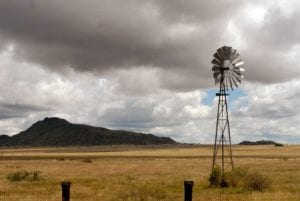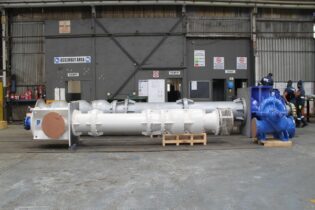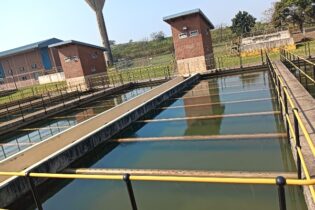Limited availability of freshwater could become a stumbling block for rapid development of shale resources through hydraulic fracturing.
Using information from the Aqueduct Water Risk Atlas, the World Resources Institute (WRI) has provided the first global and country-specific resource to help stakeholders evaluate freshwater availability across shale plays worldwide. Shale resources are unevenly distributed worldwide and, for the most part, not located where freshwater is abundant. For example, China, Mexico, and South Africa have some of the largest technically recoverable shale gas resources, but face high to extremely high water stress. Significant potential Already, known shale deposits worldwide have significantly increased the volume of the world’s natural gas and oil resources. Governments from Argentina and the United Kingdom, to Mexico and China, have started to explore the commercial viability of their shale reserves. The potential for expansion is huge: known shale gas deposits worldwide add 47% to the global technically recoverable natural gas resources, and underground stores of tight oil add 11% to the world’s technically recoverable oil. Limited water a stumbling block But as countries escalate their shale exploration, limited availability of freshwater could become a stumbling block. Extracting shale resources requires large amounts of water for drilling and hydraulic fracturing. In most cases, these demands are met by freshwater, making companies developing shale significant users and managers of water at local and regional levels, often in competition with farms, households, and other industries. According to a report titled Global Shale Gas Development: Water Availability and Business Risks, 38% of the world’s shale resources are in areas that are either arid or under high to extremely high levels of water stress. 19% are in areas of high or extremely high seasonal variability, while 15% are in locations exposed to high or extremely high drought severity. Further obstacles386 million people live on the land over these shale plays, and in 40% of the shale plays, irrigated agriculture is the largest water user.
Thus drilling and hydraulic fracturing often compete with other demands for freshwater, which can result in conflicts with other water users. This is particularly true in areas of high baseline water stress, where over 40% of the available water supplies are already being withdrawn for agricultural, municipal, or industrial purposes. Furthermore, public concern over increased competition and impacts on freshwater availability can threaten a company’s social license to operate and lead to changes in government regulations that could impact both short- and long-term investments. WRI’s findings indicate that companies developing shale resources internationally are likely to face serious challenges to accessing freshwater in many parts of the world. These challenges highlight a strong business case for strategic company engagement in sustainable water management at local and regional levels. They also point to a need for companies to work with governments and other sectors to minimise environmental impacts and water resources depletion. Recommendations Based on the report’s analysis, WRI offers a set of practical recommendations for how governments, businesses, and civil society can continue to evaluate and sustainably manage freshwater availability if shale resources are developed. These are: 1. Conduct water risk assessments to understand local water availability and reduce business risk 2. Increase transparency and engage with local regulators, communities, and industry to minimize uncertainty 3. Ensure adequate water governance to guarantee water security and reduce regulatory and reputational risks 4. Minimise freshwater use and engage in corporate water stewardship to reduce impacts on water availability.







